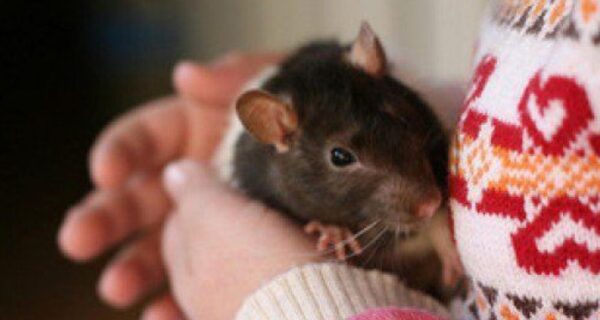Lifestyle
7 deadly diseases that common house rats can cause

The presence of house rats and rodents in our homes and surroundings is not just a nuisance but a significant health hazard.
Recent cases of hantavirus (the deadly rat disease) in the US, which have already claimed four lives, highlight the urgent need for awareness and preventive measures.
Rats are notorious for spreading several deadly diseases, especially in areas with poor sanitation and unhygienic food preparation.
Here are 7 deadly diseases caused by the presence of rats in our living spaces.
1. Hantavirus
Hantavirus is a severe respiratory disease transmitted through the urine, droppings, and saliva of infected rodents. The virus can become airborne when contaminated dust is disturbed. Symptoms include fever, muscle aches, and fatigue, progressing to coughing and shortness of breath. According to the Centers for Disease Control and Prevention (CDC), hantavirus has a mortality rate of 38%, making it a deadly threat. To prevent hantavirus, it is important to maintain cleanliness and avoid contact with rodent excreta.
2. Plague
The plague, known historically as the Black Death, is caused by the bacterium Yersinia pestis, which is carried by fleas that infest rats. This disease can manifest in three forms: bubonic, septicemic, and pneumonic. Bubonic plague is characterised by swollen lymph nodes, fever, and chills, while septicemic plague leads to bleeding and necrosis. Pneumonic plague affects the lungs and can be fatal if not treated promptly. A study published in the journal Nature Communications found that improved sanitation and pest control have significantly reduced plague outbreaks.
3. Salmonella
Salmonella infection, or salmonellosis, is a common bacterial disease caused by ingesting food or water contaminated with rat feces. Symptoms include diarrhea, fever, and abdominal cramps. According to the World Health Organization (WHO), salmonella can cause severe illness, especially in young children, the elderly, and immunocompromised individuals. Ensuring proper food hygiene and rodent control in food storage areas can help prevent this disease.
4. Rat-bite fever
Rat-bite fever is an infectious disease transmitted through bites or scratches from infected rats or through contact with rat excreta. The disease can be caused by two bacteria: Streptobacillus moniliformis and Spirillum minus. Symptoms include fever, vomiting, headache, and muscle pain. If untreated, rat-bite fever can lead to severe complications such as endocarditis and meningitis. A study in the Journal of Infectious Diseases emphasizes the importance of immediate medical attention following a rat bite.
5. Leptospirosis
Set an alarm to check your water tanks! Leptospirosis is a bacterial infection caused by Leptospira species, which can enter the body through cuts or mucous membranes when in contact with water or soil contaminated by rat urine. Symptoms range from mild flu-like signs to severe illness with liver damage, kidney failure, and meningitis. The CDC reports that leptospirosis is particularly prevalent in tropical regions and areas with poor sanitation. Avoiding contact with potentially contaminated water and maintaining a clean environment are significant preventive measures.
6. Lymphocytic Choriomeningitis (LCM)
LCM is a viral infection caused by the lymphocytic choriomeningitis virus (LCMV), which is carried by the common house mouse. Humans can contract LCM through exposure to rodent urine, droppings, or nesting materials. Early symptoms include fever, malaise, and lack of appetite, progressing to meningitis or encephalitis in severe cases. The National Institutes of Health (NIH) advises controlling rodent populations and minimising exposure to rodent habitats to prevent LCM.
7. Hemorrhagic Fever with Renal Syndrome (HFRS)
HFRS is a group of illnesses caused by hantaviruses, leading to severe kidney damage and hemorrhagic symptoms. The disease is transmitted through rodent excreta, with symptoms including fever, bleeding, and acute kidney failure. The World Health Organization notes that HFRS has a high mortality rate, especially without quick medical treatment . Preventive strategies include rodent control, avoiding contact with rodent habitats, and maintaining good hygiene practices.







